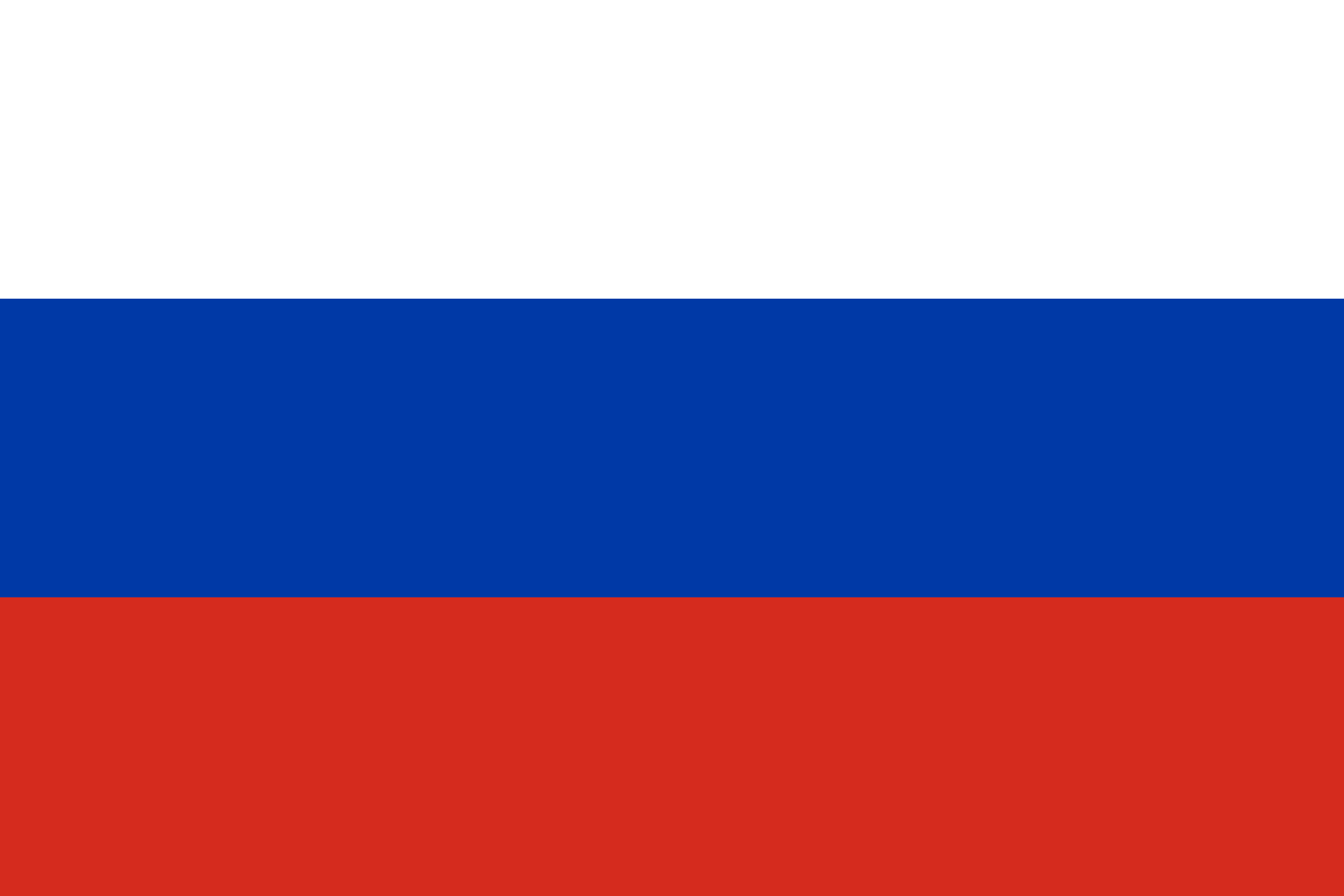
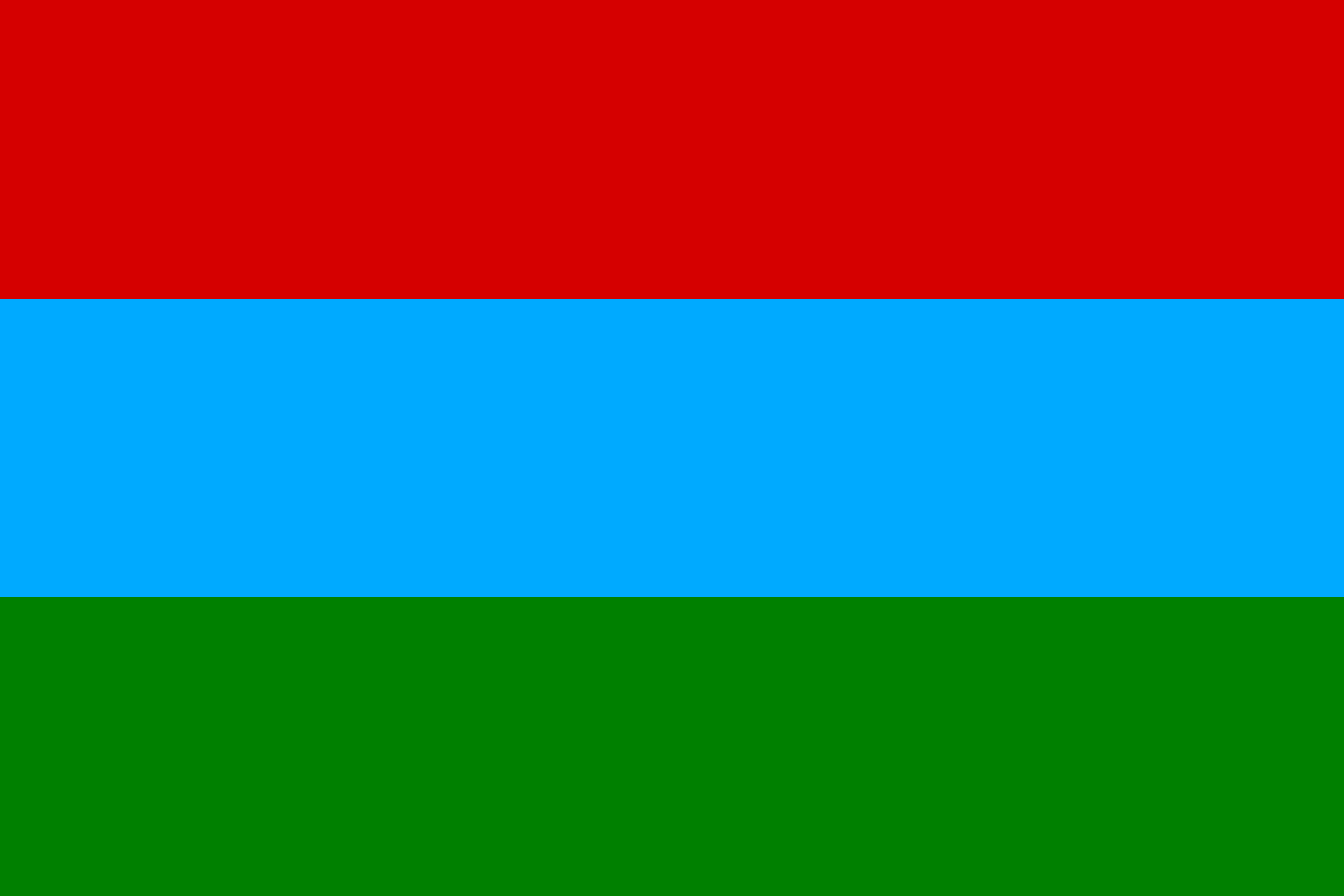
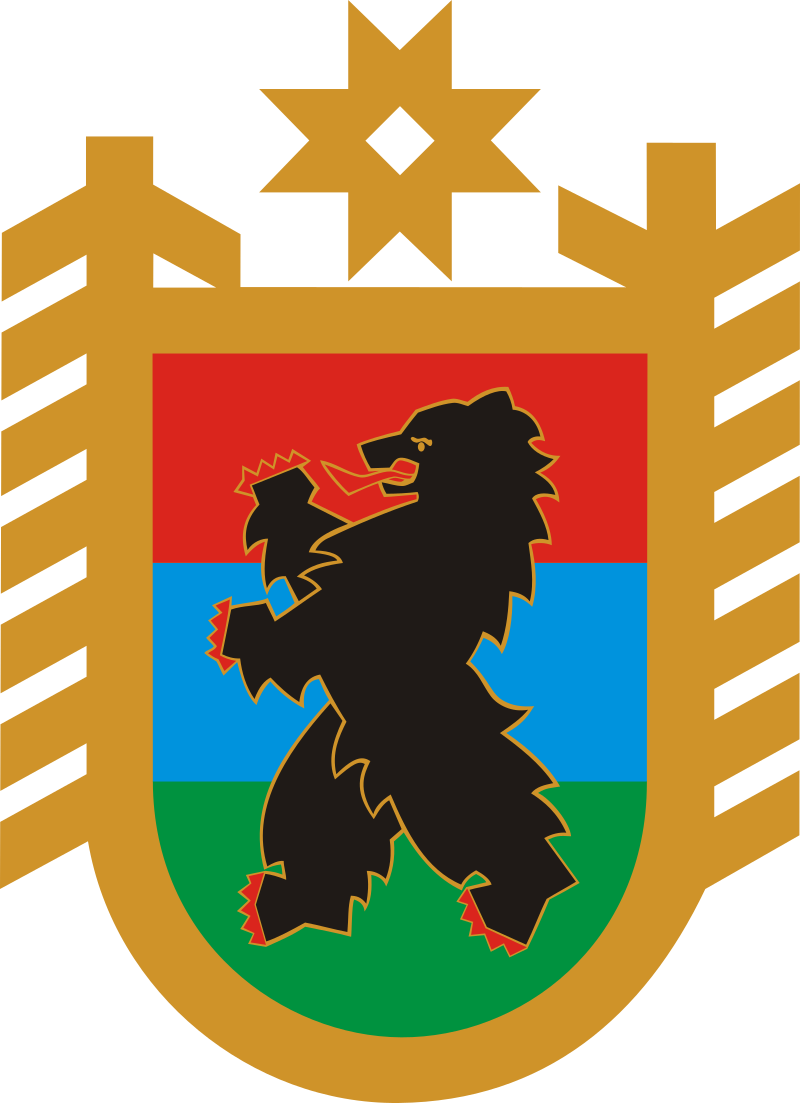
Carélie - Tourisme

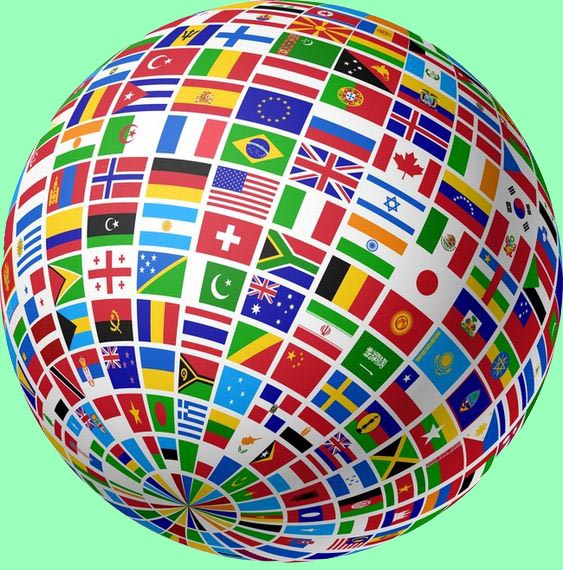




 |
 |
 |
Carélie - Tourisme |
 |
 |
 |
|
 |
 |
 |
| Kiji | Petrozavodsk | Lac Onega | Lac Ladoga |
|
Valaam |
Ruskeala |
Ruskeala Express |
Kem |
Kivach Medvezhyegorsk |
Solovki | 
Kinerma |
 Carélie Nuits blanches |
| Description sommaire | |
La Carélie, située à 200 km au nord de St Petersbourg s’étend sur 700 km, jusqu’au cercle polaire, le long de la frontière finlandaise. Les forêts occupent 85% du territoire. Le reste est un vaste labyrinthe composé de soixante mille lacs et rivières d’eau vive. Vous ne trouverez pas d’endroit plus sauvage à proximité de Moscou et St Petersbourg. Des moines orthodoxes en quête de solitude y ont fondé des monastères insulaires. Le lac Ladoga, plus grand lac d’Europe, héberge le monastère de Valaam. A 500 km au nord, au milieu des eaux glacées de la mer Blanche et à proximité du cercle polaire, se trouve le monastère Solovetski. Les trésors du Nord Russe: les îles de Kiji, de Valaam et les SolovkiAu milieu du lac Onega, sur une des nombreuses îles, repose le célèbre ensemble architectural de Kiji. Le pogost (ou enclos paroissial), composé de deux églises en bois, se dresse au-dessus du miroir des eaux du lac. C’est un des symboles les plus connus de la Russie. Promenez-vous sur l’île et découvrez le pogost, ses izbas, ses banyas et ses granges. Asseyez-vous au bord du lac afin d’admirer le reflet des coupoles. Profitez enfin des doux rayons de soleil du Nord. Au milieu du lac Ladoga, à 20 km du littoral, se trouve l’archipel de Valaam. La grande île abrite le monastère de Valaam. Comme aux Solovki et à Kiji, les coupoles bleues émergent de l’eau lorsque le visiteur s’approche de l’île en bateau. Dans sa partie centrale, le monastère, entouré de bois de pin, de prairies fleuries, de falaises en granit, abrite des jardins, des potagers, une boulangerie et une ferme. Deux cents moines orthodoxes résident à l’année sur l’île. S’endormir dans le silence absoluComme en Finlande, des chalets sont construits au bord des lacs et dans la forêt. Ces maisons bâties en bois dans un style écologique, bénéficient de toutes les commodités. On peut y loger en famille, avec des amis ou en couple. A deux pas du chalet, il est possible de ramasser des myrtilles, des airelles ou même de la chicouté. Avez-vous déja goûté ces baies? Installez vous au bord du lac, sur le ponton en bois, les pieds dans l’eau, et savourez ces baies en famille. La Carélie est la meilleure destination pour échapper au quotidien et passer quelques jours dans la nature, entouré de vos proches. Séance de bania pour une immersion totaleEn rêvant à la Carélie, on imagine, après les grandes promenades dans la nature, le banya au feu de bois. C’est une de nos traditions préférées. Après vous être immergé dans le banya bien chaud et vous être fouetté avec les rameaux de bouleau séché (venik), plongez-vous dans l’eau fraîche puis dégustez la truite fumée et les kalitkis aux pommes de terre accompagnés d’une tisane aux herbes de la taïga ou d’une vodka. Le poisson fumé au bois d’aulne et les kalitkis aux champignons, aux pommes de terre ou sucrés aux baies des bois sont nos spécialités favorites. |
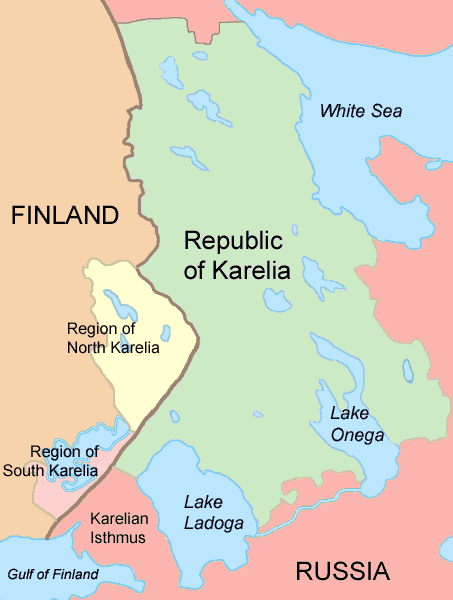 |
| Etymologie |
| Liens | |||||||||
| Ministère de la Culture https://www.culture.ru/s/russkij-sever/ | |||||||||
| Viewranger | Route4You | ||||||||
| Localisation |
| Continent - Entité géographique |
| Coordonnées - lattitide - longitude - altitude (min et max) |
| Superficie |
| Cartes localisation et carte |
| Région | ||||
| Administrative | Economique | Touristisque | Historique | Gastronomique |
| Carélie - Retour aux sources |  |
When it comes to the history of settlement in the Russian north we are intrested to learn how our ancestors built their houses, got the food and how they got from one place to another. Moreover, we know that different ethnic groups lived in the neighborhood and they often did not understand each other – every group had its language, traditions and lifestyle. This diversity created the rich culture that we hav to be proud of. Nowadays many tourist companies try to include in programs different ethno, folk and rural elements, such as master classes on baking “kalitki” (traditional Karelian meal), chopping, making a fire in banya (sauna), and creating Karelian talismans. Karelian villages Kinerma, Sholtozero and Rubcheila invite you to experience a real country life with its splendid air and imperceptible charm without city ruffle, noise and high technology. Whether its a one-hour excursion in the Sholtozo Veps Ethnographic museum or two-days in Kinerma - new impressions and kind and broadbrow people will leave in your soul a great mind to retutn to Karelia again |
|
| Sites à voir en Carélie |  |
PLACES TO SEE SOUTH OF KARELIA Varashev stone in Pogrankondushi On the Varetsky саре, 3.5 km to the south-east from the village Pogrankondushi, there is а large boundary rock of pink Ladoga granite, which indicates the beginning of the frontier between Russia and Sweden from Lake Ladoga to the north during the period 1618 to 1721. At present, this historical monument is not well known — the road between the village and the shore is in bad condition Kurkijoki village According to many researchers of Karelian history, the original home of the whole Karelian tribe has lain in the Ladogan coast and Käkisalmi-Kurkijoki area. In the year 1000, a rich Karelian tribe lived under the command of their chiefs. Many "castle mountains" are memories from that era and many findings from the Iron Age prove that, too. From this area the population spread into wide wilds of west and north. It is actually known that the Karelians have lived in the area since the Ice Age had passed. Buildings and ore mines of Tulmozero iron-smelting factory Tulmozero iron-smelting factory was founded in1761 by Ivan Barbin, a trademan from St.-Petersburg, near the river Tuloma, in Olonetsky uyezd and had been working untill 1778. The Church of Sts. Frol and Lavr The church in the village of Megrega is one of the oldest wooden churches preserved in Karelia. It was built in 1613 in the commemoration of Russian victories in the war with Sweden. It is located on the ancient way from Novgorod to the northern lands, 12 km from Olonets. The church is devoted to the Saints Flor and Lavr, which were esteemed as the protector of livestock and the peasants. The church which is located on a small hill, is hardly seen from the road. |
|
PLACES TO SEE MIDDLE OF KARELIA Memorial complex Sandarmoh In July 1997 in the Sandarmoh woods near the town of Medvezhjegorsk (the 16th km of the Povenets road) the Memorial society expedition headed by Juri Dmitriev found the secret burials of the victims of the mass political repressions of 1937-1938. In all on the territory of 10 hectares there were found 236 graves (shooting pits). According to the archive data, from August 11, 1937 to December 24, 1938 more than 9500 people of 58 nationalities were executed by shooting and buried there: Russians, Karelians, Finns, Ukrainians, Belorussians, Tatars, Udmurts, Jewish, Gypsies, Germans, Polish and other nationalities. Martsialnye vody (Marcial Spa), the oldest SPA in Russia Martsialnye Vody, or the Waters of Mars, is the oldest spa in Russia. Its special treatments are very popular among local visitors which come here to enjoy the healing power of sulfur-smelling mud as well as lovely scenery. This spa is a remarkable place whose history goes back to the tsar Peter I., who was its founder. The church, which was built for the guests of the first Russian resort "Marcial waters" in 1721, is located in a picturesque valley. The Church of Assumption (1774) To the north from Petrozavodsk, at the end of a narrow bay of Lake Onego, named Chupa-guba, one of the most beautiful monuments of the wooden architecture – the Church of the Assumption, built in 1774, is situated. It was built as a tribute to the best old traditions of wooden architecture. All the volumes of the Church are directed high into the sky, their correlation is simple and logistical. Petroglyphs on the east shore of Onego Lake Onego Lake Rock Art assemble is located on the Besov Nos (Demon's Cape) of the eastern shore of Onego Lake. Onego carrings differed from others with their metaphoric character, fantastic nature and exotic images. Local inhabitants attributed rock art to the activity of the "evil spirit". Ilyinsky pogost The first architectural ensemble of the Pogost was created in 16 century by monks, going to Solovky. The Church was twice burnt to the ground, and twice it was rebuilt. In 1998 today’s cathedral celebrated its bicentenary. In the 1930s, the Ilyinsky Pogost, having lost its priests and its parish for the most part, became deserted for 60 long years. Not long ago, in 1991, its renaissance began. Murom Monastery of St. Assumption It is on the eastern coast of the Onego lake, on a narrow strip of the ground, which is a kilometer wide, between two lakes - vast Onego and small Murom. The only way to get there is by water, it creates especial difficulty for the restoration of the Murom monastery. Devil’s chair This natural landmark is a traditional place of rest. It is a classical object to follow the geological history of the Earth. Sherwood forest A wonderful place where you can fill your life with sports activities. |
|
PLACES TO SEE NORTH OF KARELIA Archeological Complex "Belomorskie Petroglyphs" The White Sea carvings - petroglyphs - were created about 6 thousand years ago by ancient hunters and fishermen. They are considered to be one of the most outstanding monuments of the primitive art in Northern Europe. The waterway from the central part of the country to the north was well known in the XVI - XVII centuries to the citizens of Moscow, Kiev, Novgorod and almost to every Russian. The "Path of pilgrims" went through the cities of Povenets and Sumsky Posad to the sanctuaries of the Solovetsky monastery. In the XIX century people thought of the necessity of building a canal along this route. This problem was taken up by the State Duma, but the canal was not until the Soviet time. That was an immense construction: more than a hundred of complex hydroengineering objects had been built in a year and 9 months with the minimum use of iron and cement. More than a hundred thousands prisoners built the canal and were released. Kalevala Kalevala region is famous for the fact that in 1831-1835 the Finnish physician Elias Lennnrot the collector of runes and the author of "Kalevala" epos made 11 trips and wrote down many songs – the runes of this great monument of literature while learning the verbal folk arts and the life of the local population. The museum named "The Runes’ Singers of Kalevala" is situated in Kalevala community. The local Karelian chorus keeps the traditions of folk arts. Kuzova islands In ancient times Saami lived on the territory of Karelia. They created unique and mysterious monuments - labyrinths made of untreated stones. About 800 various stone mazes are found on Kuzova archipelago. Huge spiritual complexes located on the largest islands of the archipelago (Russian and German) do not have any analogues in the world! The Cathedral of Assumption and the Chapel of Trinity Nearly three hundred years the Uspensky Cathedral stood out on the bank of a rapid river Kemi. It has become the symbol of a northern town.But it was burnt in 1710. A year later, permission for building a new cathedral with two side-chapels on the same site was granted . The new Cathedral was a copy of the old on in its main features, which were typical for traditional wooden architecture. The cathedral was raised on the island of Lepostrovo, washed by two river Kemi’s branches. Sonostrov mussels and algae farm For many years mussels and algae were the main power supply sources for coast-dwellers. Nowadays tourists can go on gastronomic journey to Sonostrov island where the farmers will teach you how to dry algae, pick mussels and even cook them. |
|
| Région principales | Villes principales |
| Sites web | |||||||||
 |
|||||||||
 |
agence Intourist https://go-karelia.com/tours-karelia/silver-ring-karelia/ | ||||||||
 |
guide francophone Nord russe - 3 j 650 € https://arteltroika.fr/voyages-en-russie/trouvez-un-voyage/le-nord-russe-le-temps-arrete/ https://arteltroika.fr/voyages-en-russie/la-russie/le-grand-nord/carelie-en-ete/ Kiji et Solovki - 5 j - 720 € https://arteltroika.fr/voyages-en-russie/trouvez-un-voyage/kiji-solovki/ |
||||||||
 |
4j - 3 n - 24900 rub- https://welcome-karelia.ru/tury-v-kareliyu/dusha-karelii Petrozavodsk - Île de Kizhi - Petrozavodsk - 7h - 2950 rub - https://welcome-karelia.ru/bilety-na-kizhi-i-solovki |
||||||||
| http://orange-traveler.com/travel-blog/page-7/ | |||||||||
| Kola - https://www.kolatravel.com/index.htm | |||||||||